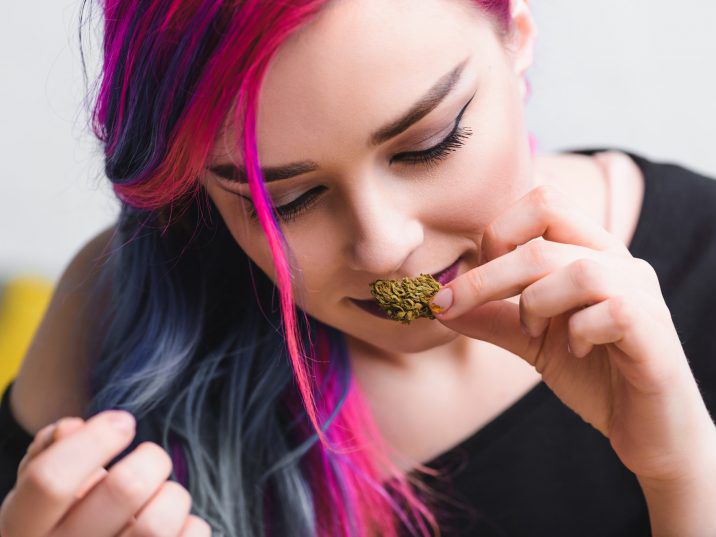cannabis advertising, Cannabis Consumption, cannabis news, Community, Consumption, Kids, LA Cannabis News, News, Research, Technology, Teens, The GrowthOp, U.S., Washington State University, Weed Ads
Exposure to weed ads can make teens more likely to consume cannabis: study
“Distances to retailers moderated the relationships between exposure to advertising and intentions, as well as between positive outcome beliefs and intentions.”
Likelihood of consuming cannabis even higher if the teen happens to have a positive view of marijuana.
Greater exposure to cannabis advertising translated to an increased likelihood of using weed among adolescents aged 13 to 17 in Washington State, concludes a new study.
Recreational cannabis is legal in Washington State, but only for individuals aged 21 and older.
Researchers from Washington State University determined that exposure to cannabis advertising on storefronts, billboards, retailer websites and other locations increased the likelihood of adolescents using marijuana, according to Science Daily, based on information supplied by the university.
Appearing in the Journal of Health Communication, the study reflects responses gathered in 2018 from a state-wide, online cross-sectional survey of 350 adolescents between the ages of 13 and 17.
The findings emphasize “a need to equip adolescents with the knowledge and skills to critically evaluate marijuana advertisements,” says Jessica Fitts Willoughby, an associate communications professor at the university.
There are advertising restrictions designed to ensure related products do not appeal to youth, but the approach has not proved sufficient on its own. There still seems to be some influence on how teens act, Willoughby points out.

The intention to use cannabis was further enhanced if the teen had positive beliefs about marijuana use. / Photo: LightFieldStudios / iStock / Getty Images Plus L
With regard to retailer location, density was not associated with an increased intention to use weed, but living within five miles (eight kilometres) of a store was associated with a higher intention to use.
“Distances to retailers moderated the relationships between exposure to advertising and intentions, as well as between positive outcome beliefs and intentions,” the study states.
To Read The Rest Of This Article By Angela Stelmakowich on The Growth Op
Published: October 13, 2020

